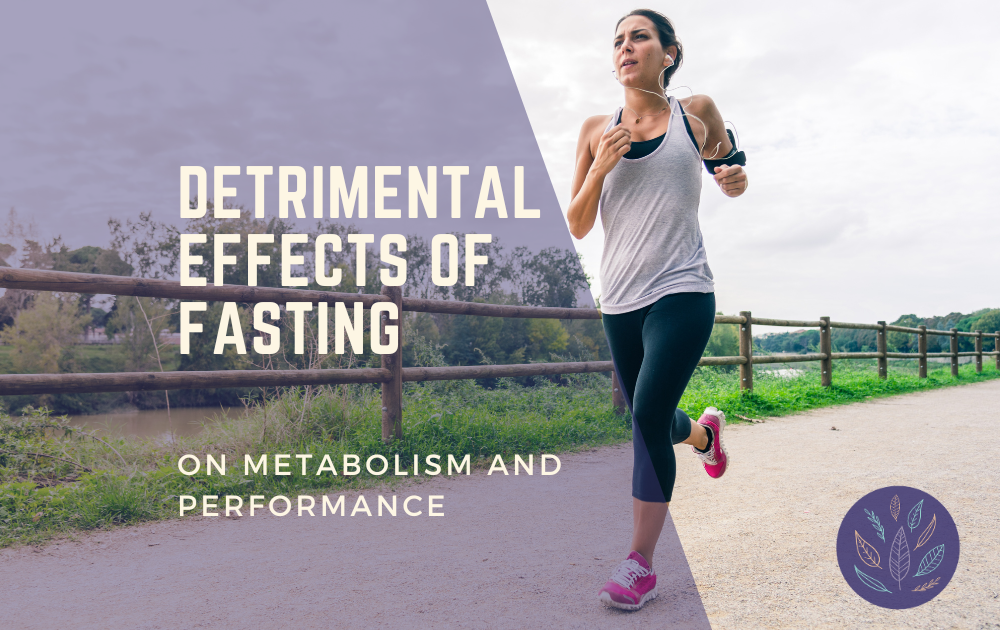Training fasted involves exercising without food and/or energy drinks for a period of time. The most common fast lasts for 8/12 hours or extended to 16 hours as an overnight fast. During this period, we tap into fat stores in the form of ketone bodies and stored glycogen.
Runners often train fasted unconsciously as a morning run or gym session before breakfast.
This practice has gained popularity due to its potential effects on fat loss, and overall performance. However, it also comes with its share of pros and cons and is not for everyone. Here’s a list of some of the potential pros and cons:
Pros of Training Fasted:
Weight management: Training fasted may increase the body’s reliance on using stored fat for energy. Over time this aids fat loss and contributes to the maintenance of lean muscle mass, beneficial body composition and weight management.
Weight management: Reduced body fat, contributes to the maintenance of lean muscle mass and beneficial body composition. This can be beneficial for athletes competing in weight categories or sports dependant on body composition such as body sculpting.
Insulin Sensitivity: It can improve insulin sensitivity. When you do eat after exercise, the body absorbs nutrients more efficiently, which is beneficial for overall health and weight management. This assists with blood sugar control, energy levels and management of insulin resistance and diabetes.
Hormonal Responses: Training fasted can lead to increases in human growth hormone (HGH) key to muscle growth. Muscle growth is important to athletes in strength and body sculpting related sports.
Metabolic Adaptation: Proponents will argue that training fasted makes them more efficient at using fat stores for energy. In recent times the belief has gained traction in the endurance running community (especially ultra running).
Cons of Training Fasted:
Performance Impairment: Fasting and then training can lead to decreased performance, especially for high-intensity workouts. Without readily available carbohydrates athletes experience lower energy levels during and post exercise. Recovery, strength, and endurance are also impaired.
A recent review of 46 studies concluded eating before exercise prolongs aerobic performance. The debate becomes clouded in practice as endurance athletes can feel ok during low-to-moderate intensity training when training fasted. A runner can feel good on an easy 6km recovery run but rubbish doing 1km reps.
Muscle Breakdown: Training fasted could potentially lead to increased muscle breakdown due to the lack of readily available energy sources. This is detrimental to muscle gain and repair.
Hydration and Electrolyte Imbalance: Fasting can lead to dehydration and electrolyte imbalances, which can negatively impact workout performance and recovery.
Additional adrenal gland stress: It can increase adrenaline levels and cortisol levels. This is not a great scenario for those athletes with already high levels of stress.
Lower hormones: reduces male sex hormones (androgens) and negatively impacts libido and metabolic health. This is non-beneficial for men but beneficial for women with polycystic ovarian syndrome (PCOS). Training fasted does not appear to have any effect on estrogen or prolactin levels in women.
Training fasted may also reduce thyroid hormones -thyroid stimulating hormone (TSH) and T3- active thyroid hormones. This may contribute further to thyroid hormone imbalances.
Risk of Overeating Post-Workout: Some individuals compensate by consuming larger meals after exercise. Sugar and carbohydrate cravings increase as the day progresses. Poor food choices and excessive sugar intake peaks towards the end of the day. This can then result in disturbed sleep and reduced energy levels the following day.
Lack of Nutrients for Recovery: After exercise, your body needs nutrients for muscle repair, glycogen replenishment, and overall recovery. Fasted training can limit the availability of these nutrients at a critical time and delay recovery.
Individual Responses: Fasted training might be suitable for some individuals but not for others. Factors like genetics, training goals, and personal preferences can greatly influence the effectiveness and comfort of training fasted.
Increased Perceived Effort: For some athletes, training on an empty stomach can make training sessions feel harder. This can impact motivation and adherence to the training routine.
In summary, training fasted can have potential benefits such as increased fat loss and improved insulin sensitivity. However, training fasted also comes with potential downsides like impaired performance and muscle loss. Athletes are also at risk of reduce hormone levels, dehydration and nutrient deficiencies with prolonged fasting.
Your training goals, preferences, and how your body responds to fasted training is important to observe. We always recommend seeking professional help from a sports naturopath or nutritionist to ensure training fasted aligns with your specific circumstances.
Sources:
Aird, T. P., Davies, R. W., & Carson, B. P. (2018). Effects of fasted vs fed‐state exercise on performance and post‐exercise metabolism: A systematic review and meta‐analysis. Scandinavian journal of medicine & science in sports, 28(5), 1476-1493.
Cienfuegos, S., Corapi, S., Gabel, K., Ezpeleta, M., Kalam, F., Lin, S., & Varady, K. A. (2022). Effect of intermittent fasting on reproductive hormone levels in females and males: a review of human trials. Nutrients, 14(11), 2343.
Kim, B. H., Joo, Y., Kim, M. S., Choe, H. K., Tong, Q., & Kwon, O. (2021). Effects of intermittent fasting on the circulating levels and circadian rhythms of hormones. Endocrinology and Metabolism, 36(4), 745-756.
Hackett, D., & Hagstrom, A. D. (2017). Effect of overnight fasted exercise on weight loss and body composition: A systematic review and meta-analysis. Journal of Functional Morphology and Kinesiology, 2(4), 43.
Hansen, D., De Strijcker, D., & Calders, P. (2017). Impact of endurance exercise training in the fasted state on muscle biochemistry and metabolism in healthy subjects: can these effects be of particular clinical benefit to type 2 diabetes mellitus and insulin-resistant patients?. Sports Medicine, 47, 415-428.
Vieira, A. F., Costa, R. R., Macedo, R. C. O., Coconcelli, L., & Kruel, L. F. M. (2016). Effects of aerobic exercise performed in fasted v. fed state on fat and carbohydrate metabolism in adults: a systematic review and meta-analysis. British Journal of Nutrition, 116(7), 1153-1164.
Zouhal, H., Saeidi, A., Salhi, A., Li, H., Essop, M. F., Laher, I., & Ben Abderrahman, A. (2020). Exercise training and fasting: current insights. Open access Journal of sports medicine, 1-28.
Want to know more? Contact the Athlete Sanctuary and learn how we can help you to increase health, wellbeing and performance.
About the Author: Kate Smyth is a Sports naturopath, nutritionist and female-centric running coach. She is the founder of the Athlete Sanctuary- a holistic healthcare clinic for athletes of all levels and sporting codes. Kate has a thirst for knowledge with two bachelor’s and a Master’s degree under her belt. She has been involved in sports for many decades and competed for Australia in the Commonwealth Games and Olympic Games marathons with a personal best time of 2 hours 28 minutes.












